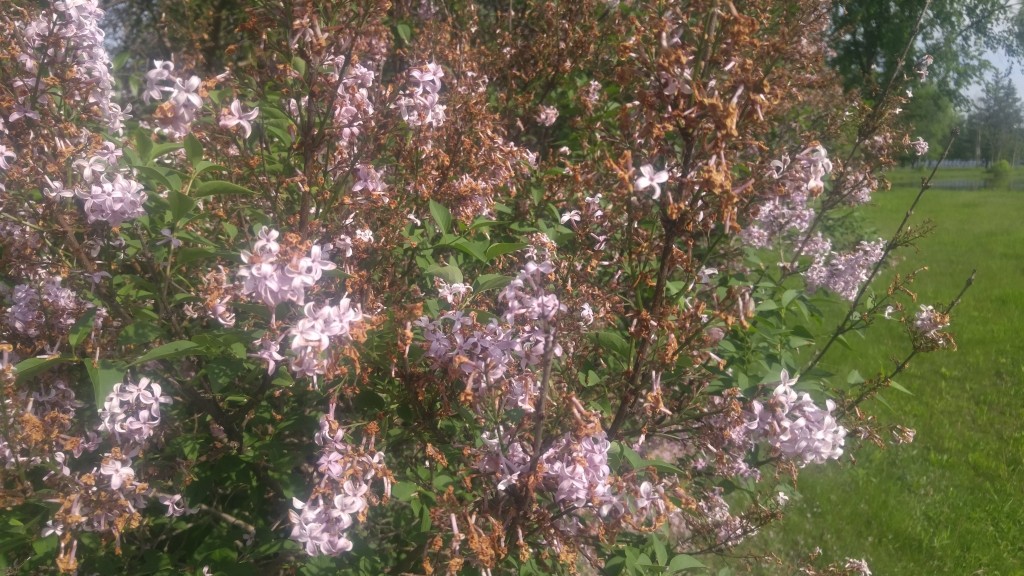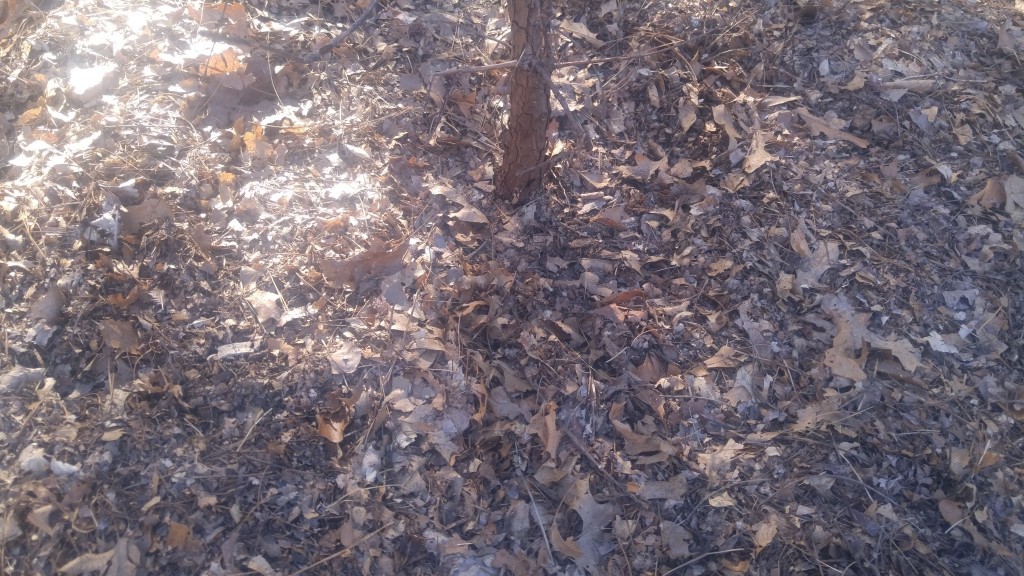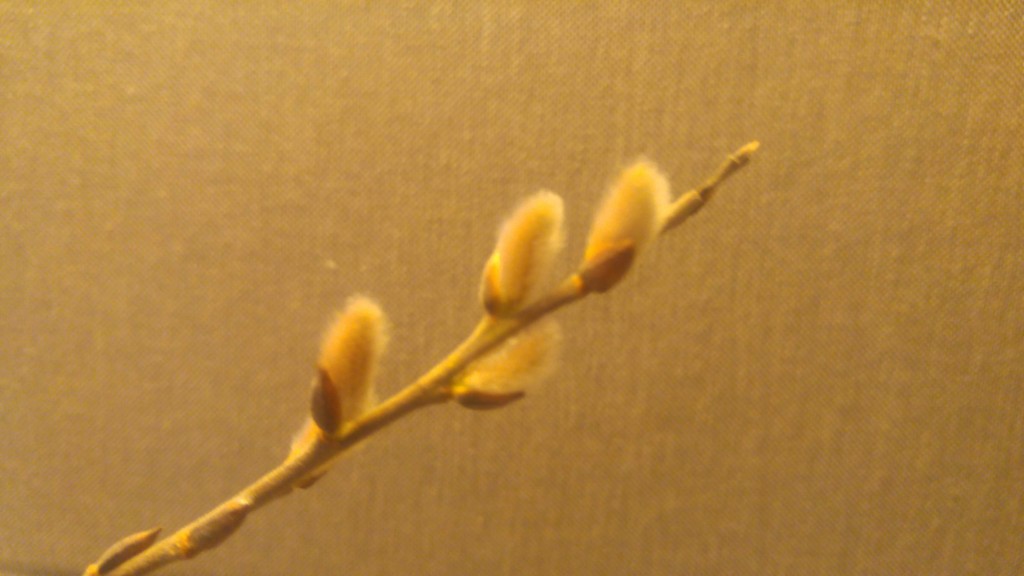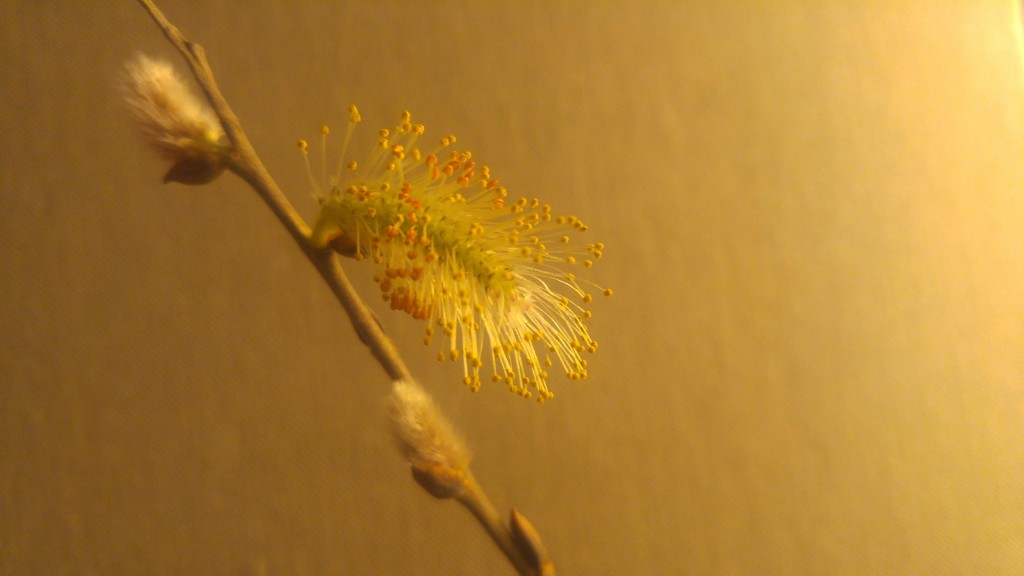Even though the meteorologists had it in their forecasts, the recent big snow and cold temperatures still took us all by surprise. With normal highs in the low fifties and lows in the mid-thirties, some parts of the natural world were caught unprepared too.
I’m sure our witch hazel bush wasn’t expecting over a half-foot of snow and temperatures down in the single digits. Late fall is the normal blooming time for witch hazel. Sure enough, there it was, blooming in the middle of all that extreme weather.
We have our witch hazel planted near a window so we can enjoy its flowers indoors while looking outside.
In addition to flowering in November, witch hazel is kind of unusual for a native plant in that it has both seeds and flowers on its branches at the same time.
The seeds that are present this fall are from flowers that were pollinated last fall. They begin developing in late fall then over-winter on the plant. The following spring the seeds begin growing again and develop into a full-mature seed in the fall. Once the seeds are mature, they are ejected from their seed capsules with a pop! that sends them many feet away. It really is a fascinating plant.
One question you might have is,if witch hazel flowers in the fall when it’s cold outside, how are they pollinated ? All of the bees, wasps, flies, ants or other usual pollinators are not flying or dormant this time of year.
It turns out there are moths that stay active during freezing weather. These moths belong to the owlet moth family (Noctuidae). They fly at night looking for sources of nutrition such as tree sap. And it just so happens witch hazel nectar is a perfectly acceptable food for them. Just like bees, when the moths feed on the nectar, they also inadvertently move pollen around allowing pollination to occur.
We rarely see these moths because they fly at night. I remember back when I was a young kid, I once saw some moths flying in the cold weather. It struck me at that time as being pretty odd.
So did the early snow bury the owlet moths and prevent witch hazel pollination this year? Probably not, the witch hazel was blooming well before the snowstorm and probably were already pollinated by that time.
Bob




